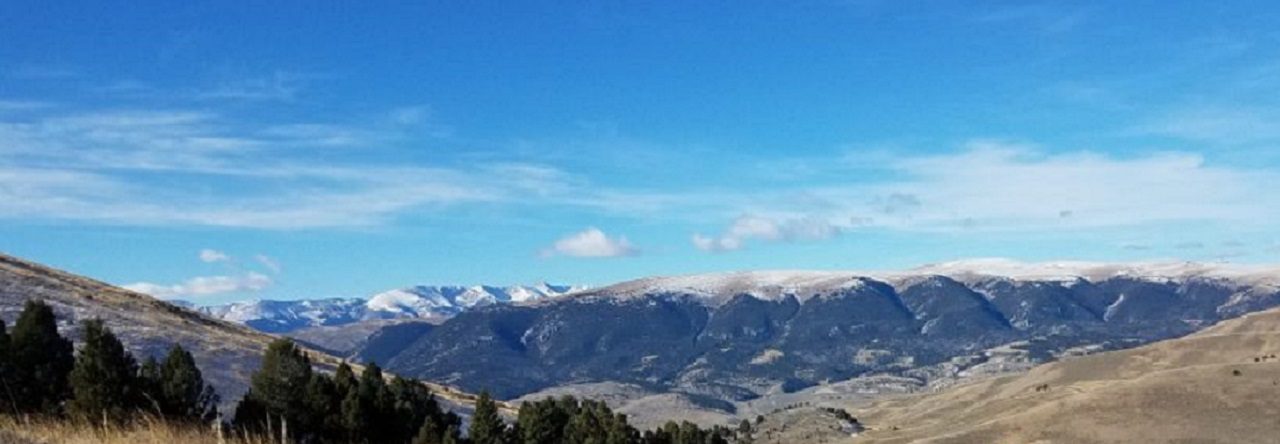I once hiked three days in the rain. Actually, as much as I hate to admit it, I’ve hiked a lot in the rain. It’s not something I strive to do, but if you hike long enough and far enough, you will get rained on.
My brother recently asked me “Ok, so what light weight rain gear do you use/recommend?” I thought this was an interesting question worth exploring because I think most people consider rain gear kind of like a first-aid kit. You really need to carry one, but hope never to need to use it. Unfortunately, I’ve used my rain gear way more than my first-aid kit (or is that fortunately?). Everyone has different way of hiking and reasons for picking the gear they do, here is my current rain-gear plan.
My basic inclement weather protective clothing philosophy says; if it rains, I’m gonna get wet. Now, that’s not to say I don’t carry precipitation protection, because I do. I just acknowledges the fact when it rains, things (including me) get wet. The real trick is not to stay wet or get cold and wet. No matter the season or the weather, I feel it’s very important to have a good wicking layering system. Then you can add an appropriate rain shell for those moist days. This will help keep you both warm and dry(-ish).
I do have a heavier rain suit set (jacket and pants), but it weighs a pound or two so I reserve it for the colder weather now. If I know the rain will be light, I’ve hiked with an umbrella which was pretty nice but can be awkward to manage if you are using trekking poles. There are a lot of options to play with. If I’m of the trail for several days with rain, I always try to keep something dry to change into in the evening for sleeping. In the morning I’ll change back into my wet hiking clothes and try my best to protect my dry night clothes. As long as I’m hiking and moving, I can generate enough body heat to keep warm. As with most things, rain gear is a compromise. You want to stay dry but the rain jacket needs to vent sweat and heat when hiking. Otherwise you end up dry from the rain but soaked in sweat.
I’ve settled on a light rain jacket for my outer layer and a good pack cover for my pack. Some people will advise you don’t need a pack cover if you put all your gear in a plastic bag in your pack. While true, however now your pack is getting soaked and the added water weight will very likely exceed the few ounces of weight of the pack cover. The more my gear stays dry the happier I am later.
My current go-to rain jacket for the trail is a lightweight polyester Eddie Bauer rain shell I picked up a few years ago. It comes in at about 5 ounces and packs down to under a baseball size so it really doesn’t take up a lot of room. For 3 season hiking, it fits as the final shell layer. It’s versatile enough to work well to cut the wind on dry days and keep most of the water off my upper body on wet days. In the summer I lean towards hiking shorts, so I just let the rain go and don’t worry about wet legs. I mostly use wool socks and they help with managing the wet feet.
I guess I worry less about the rain and getting wet now than I did when I first started hiking. You need to play with different options and figure out what works for you hiking style, and enjoy the journey the best you can. Rain or shine.
#
Like this:
Like Loading...









